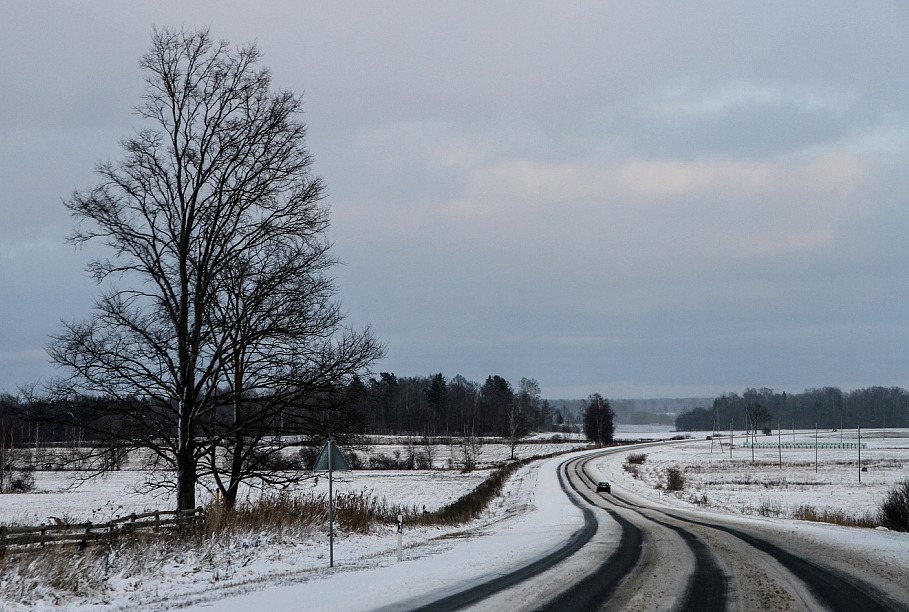A sizable proportion of all the ‘black spots’ on the Latvian State Roads agency maps can be found pinpointed in the suburban communities surrounding the capital city, where traffic intensity has grown tremendously in the past decade.
However, mistakes made during the planning and zoning of many suburban communities have resulted in densely populated residential areas feeding increasingly intense traffic flows onto a poorly-prepared road system.
As State Police Traffic Safety department chief Normunds Krapsis explained, “if the road infrastructure isn’t ideal, with pedestrians separated from motor vehicle traffic, then the chance of accidents is greater there.”
Krapsis believes poorly developed infrastructure is a primary reason for Latvia’s tragic traffic safety record.
“I think we can say there are enough places that need improvements – better lighting, pedestrian tunnels, road signs – that negatively affect the statistics,” he suggested.
The boom-time years before the financial crisis brought many new developments sprouting along state highways in the vicinity of Riga, often popping up like mushrooms after rain, earning the nickname “meadow villages”. According to Latvian State Roads technical director Valdis Laukšteins, some of these developments never should have been approved for construction at their locations.
“The problem was with the local governments, who knew the planning laws, but bypassed many of the requirements for roads to exist prior to approving new developments. Now we have to contend with the consequences, such as Europe’s noise directive, where it turns out that living next to a main highway means living in an unfavorable environment,” he said.
Sometimes residents make individual ‘improvements’ from their driveways straight onto roads and highways without any legal groundwork whatsoever, creating road safety ‘time-bombs’ at these illegal private on-ramps, he said.
“That’s where we’re getting a lot of these accidents, where people try to drive straight out onto the main road where it is not intended to do so,” Laukšteins explained.
The Babīte district on the Riga outskirts towards Jūrmala is full of ‘black spots’ along the highway that have long been acknowledged as needing pedestrian overpasses and walkways to thwart the deadly dash across many lanes of speeding traffic.
The town of Ķekava to the south of Riga has only recently benefited from traffic signals at pedestrian crosswalks. But Zoning department head Juris Križanovskis estimates at least five or six more would be needed to make the town safe for pedestrian traffic, especially where public transportation stops exist. At one such spot a grandmother and granddaughter were recently struck by a vehicle as they tried to cross the road illegally.
Meanwhile Latvian State Roads estimates show that every dangerous stretch of road can cost the taxpayers significant sums, sometimes up to several million euro just for one road crossing.
As Laukšteins admitted, “systematically we’ll bring some order, but it doesn’t happen very quickly because our wallet is thin.”
“If we calculate for the entire state road system, it is falling apart more rapidly than we can renew it at this time. That means we must choose priorities,” the agency official said.





























